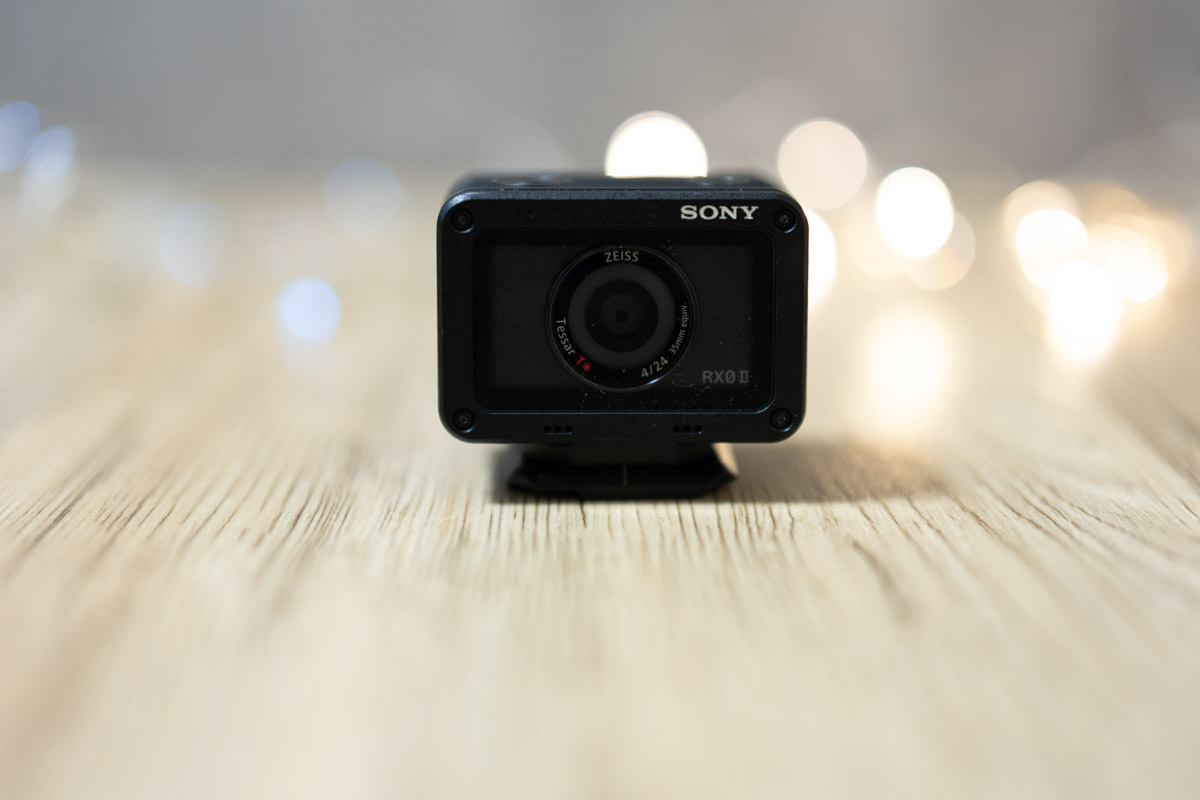APS-C

What Affects Depth of Field in Photography?
Last Updated On
Have you ever wondered why some photos have a dreamy blurry background while others are sharp from edge to edge? That blurry background — often called bokeh — is the result of depth of field (DoF).

5 Factors Affected By Image Sensor Size
Last Updated On
You might hear of APS-C, full-frame, 1-inch, micro 4/3, etc. What are they? Does it really result in different image quality? Let’s check it out!

Sony SEL1670Z APS-C Lens
Last Updated On
Sony SEL1670Z is the standard zoom lens for Sony APS-C E-mount cameras that covers an equivalent range of 24 mm to 105 mm with a constant F4 aperture. Would the little blue Zeiss badge give the assurance of its image quality? Let’s check it out!

10 Consideration Before Buy a Lens
Last Updated On
You might be overwhelmed by the sea of lenses when you have just started your photography journey. Let’s check out what you should consider before you buy a lens!




